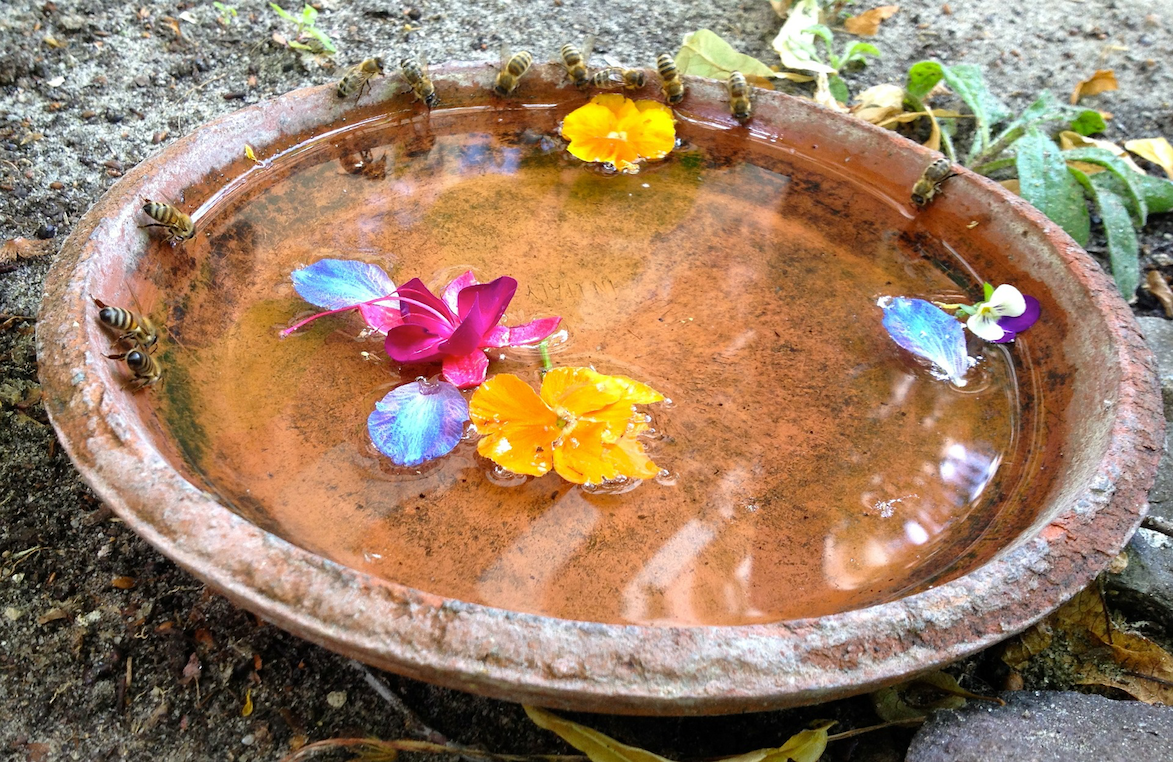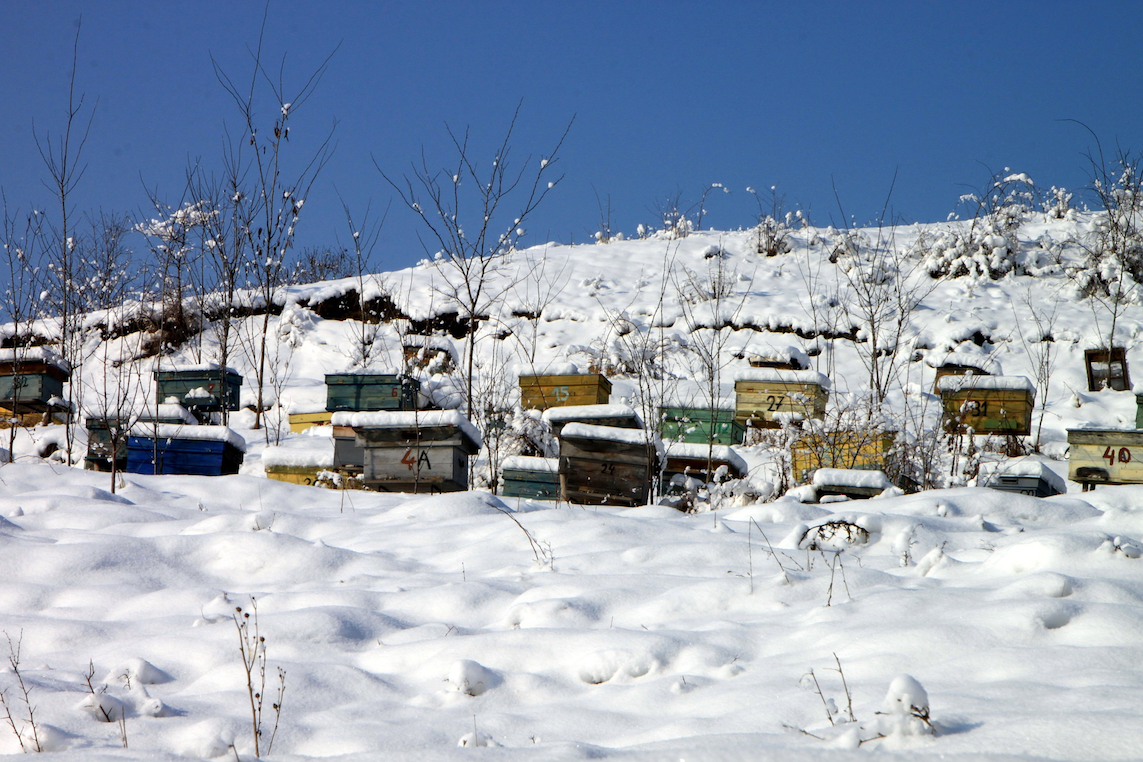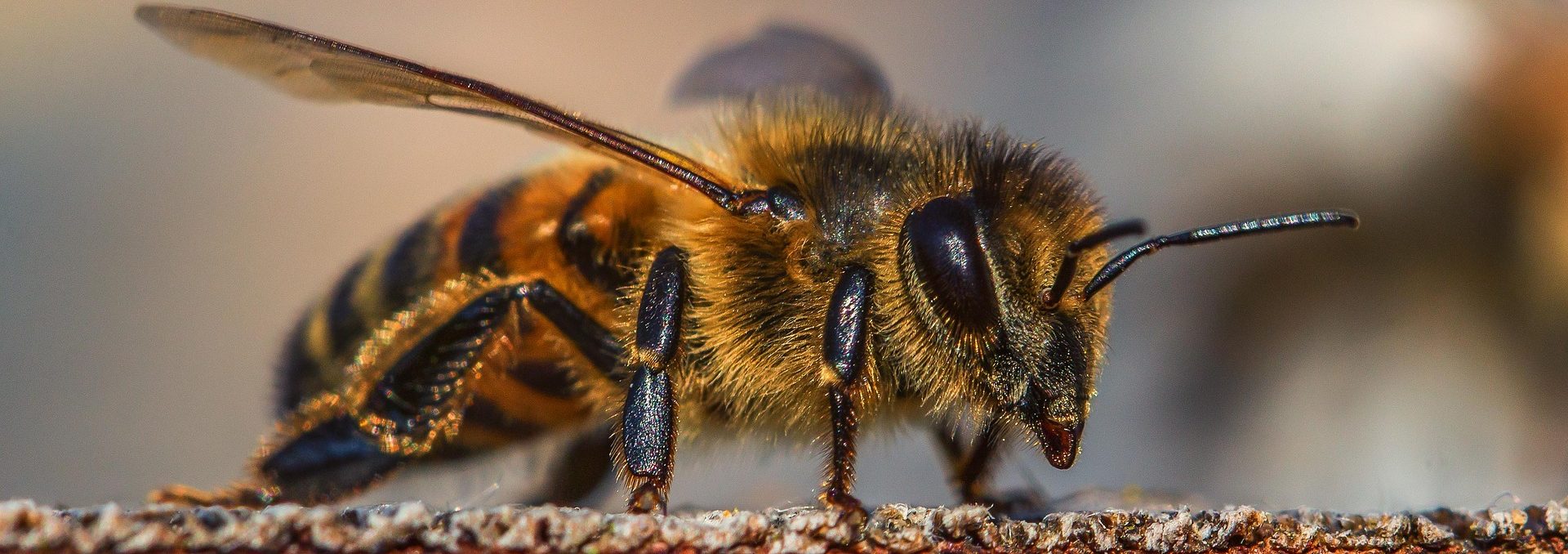Tips for Springtime
On a warm sunny day with a light wind and enough day left to let your bees warm up again before sundown, open your hives.
Things to do:
1 Check the health of your hives, in particular check for AFB.
2 Check to see if you have a Queen by finding her or evidence she is laying.
3 Check to see if there is honey (food) for your bees. Consider if, and when, you need to rob them as part of your swarm management.
4 Look for signs of swarming.
5 Make space for your bees to allow the colony to grow.
Tips for Summer
Summer is a busy time for beekeepers, busy as a bee perhaps.
Things to do:
1 Honey extraction.
2 Monitor colony size, if it reduces, check for disease or a failing Queen.
3 Monitor for hive beetle and replace traps as needed.
4 Inspect stored frames for wax moth and hive beetle.
5 Replace old combs in hives.
6 Replace or clean excluders if needed
7 Ensure your bees have access to water.
Tips for Autumn
Autumn is when we start to think about winter.
Things to do:
1 Inspect the hive for food stores. Over-robbing can result in your bees starving over winter. Ideally you should leave 6 frames of honey per hive over winter.
2 If needed, replace empty frames with frames from another hive or consider feeding your bees.
3 Inspect your Queen. Is she in good health? Check for worn out wings, damaged legs and if she is still laying compact areas of eggs.
4 Re-Queen if required.
5 Check the brood for disease. Look for solid even patterns.
Tips for Winter
Things to do:
1 Remove any supers not covered with bees prior to winter setting in.
2 Consider your hive locations. How will they deal with the wind and are they going to get the sun? Hives should be north facing.
3 Consider reducing the size of hive entrances.
4 Check hive stands for stability.
5 Check food stores.
6 Install hive mats if required.
Winter is the time for shed work. Build new boxes, repair old ones, assemble frames and get ready to do it all again next year.
Details of all these tips and how to manage your hives in can be found in “The Bee Book” by Peter Warhurst and Roger Goebel. There are copies in our club library available for members to borrow if you don’t have one.
